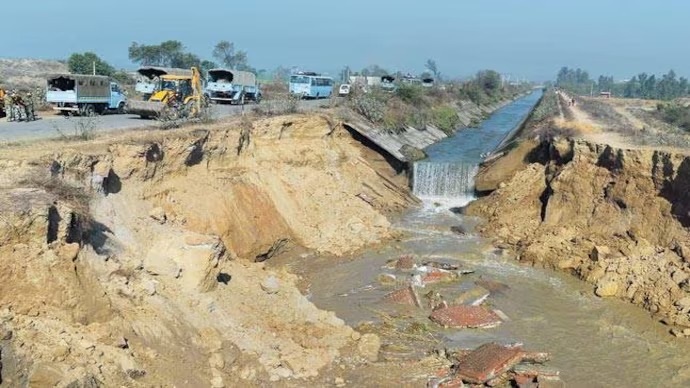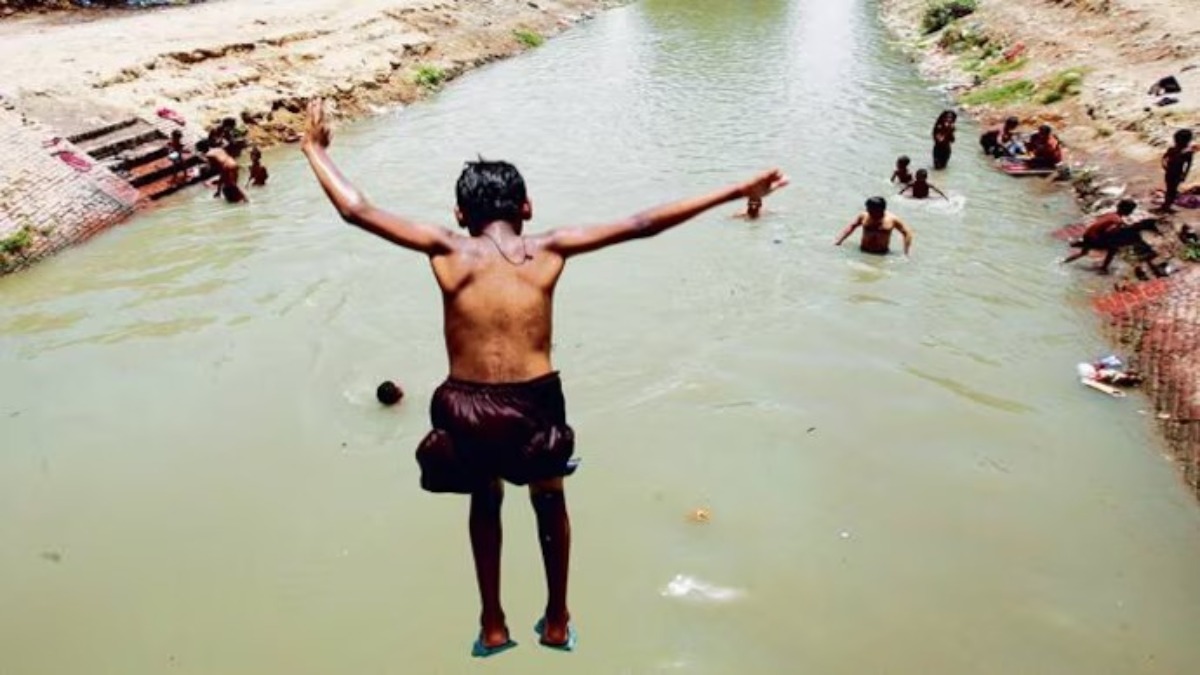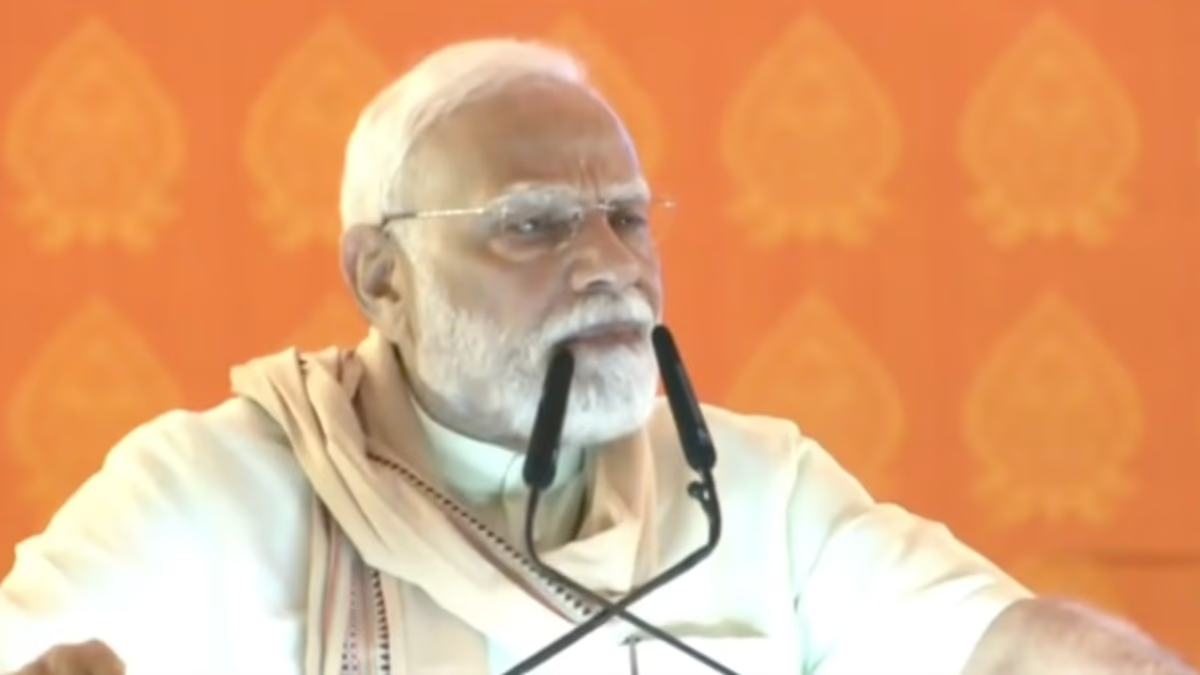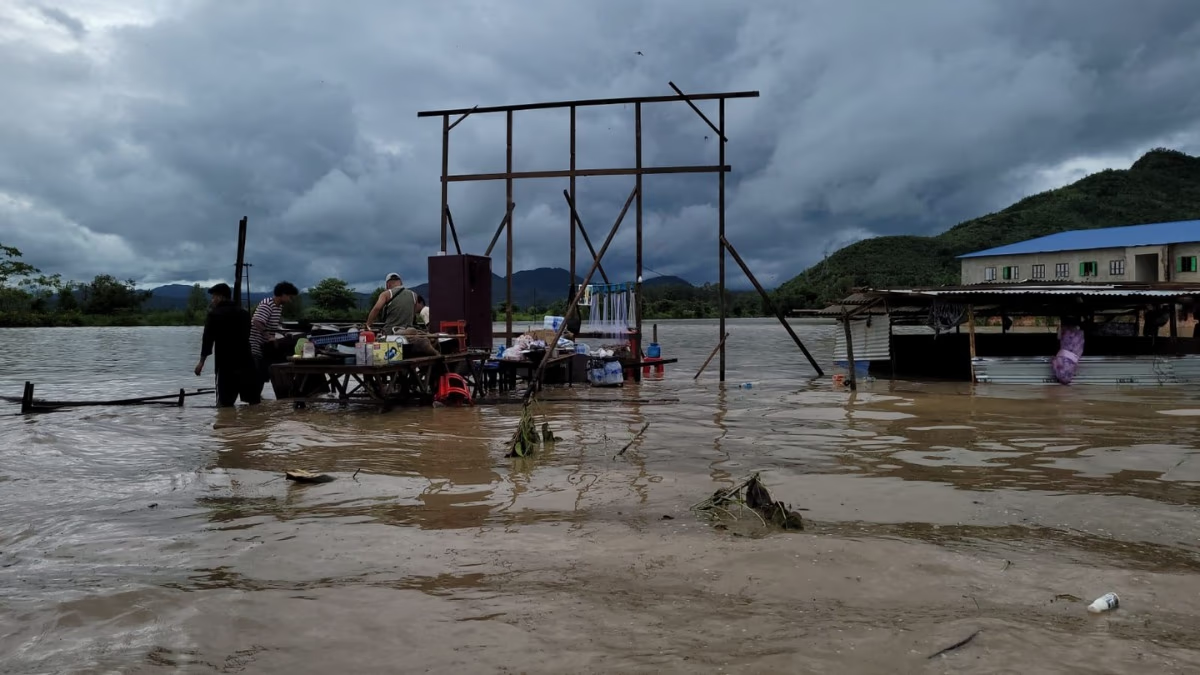Delhi confronts a water crisis and the Munak Canal is at the centre of scrutiny. There are ongoing complaints about active tanker mafias in Bawana. The canal is also considered Delhi's primary water conduit. Covert investigations by Aaj Tak/India Today have exposed the dark dealings of the tanker mafias. Delhi's government acknowledges a shortfall of 200 cusecs in the canal's water supply as of late.
Let's delve into the enigma of the Munak Canal.
A lifeline for Delhi, the Munak Canal has battled theft and water shortages over the years. A major part of the capital's water supply comes from Haryana, and the canal provides a daily delivery of 750 cusecs to Delhi. The water is distributed to the Haiderpur, Bawana, Nangloi, and Dwarka water treatment plants.
Why is it known as the 'Bloody Canal'?
Bodies are found floating in the canal every third day. At about 35 feet deep, vehicles often plunge into the canal's depths at night, as darkness descends post-sunset. Criminals frequently dispose of weapons here after committing crimes.
Why is it dubbed Delhi's Water Life Line?
In recent years, water theft and shortage from the Munak Canal have exacerbated Delhi's water crisis. The canal is once again a political flashpoint between the Delhi and Haryana governments. Despite increased patrolling ordered by the Lieutenant Governor, it has always been a hotspot for tanker mafia since its construction under British rule.

Source: aajtak
Illegal borewells threaten the canal's integrity
Borewells drilled illegally around the Munak Canal are siphoning millions of liters of water onto the black market, causing the water level in the canal to drop. This extraction of water not only affects the industrial areas but is also depleting the canal's water level alarmingly. The canal is the conduit through which water from Haryana reaches Delhi. With three shifts of policing by the Delhi Police and newly established checkpoints, the government is tightening security.
Read more: Police patrolling begins near Munak Canal after Aaj Tak's 'Operation Tanker Mafia' makes an impact!
Delhi Police intensify patrols in three shifts
Whether it's a VIP area or a significant population segment of Delhi, any disruption in the Munak Canal or a political feud between Delhi and Haryana spells trouble for the capital's water supply. A majority of Delhi's water is sourced from Haryana along the 102 km-long canal, granting the city a daily allowance of 750 cusecs. If water is flowing to the Haiderpur-1, Haiderpur-2, Bawana, Nangloi, and Dwarka treatment plants, it's coming from the Munak Canal.
Where does Delhi get its water from?
Delhi's water supply is predominantly fed by the Yamuna, upper Ganga Canal, Bhakra storage, and groundwater sources. The distribution is roughly 41% from the Yamuna, 27% from the upper Ganga Canal, 24% from Bhakra storage, and 9% from the ground.
Munak in the spotlight during the Jat Reservation Protests
The Munak Canal became a centre of attention during the Jat protests when its water supply was cut off, precipitating a severe water crisis in Delhi. Managing this canal falls upon the Haryana government. The theft and depletion of water from the canal in recent years have deepened the crisis in Delhi, where the demand is for 1296 MGD while the supply barely reaches 1000 MGD. To bridge this deficit, maintaining the canal properly, repairing pipelines, and enhancing the treatment plants' capacities are crucial. These measures will ensure a steady water supply and alleviate the scarcity.
Read more: Patrolling on Munak Canal, Delhi Police get tough... Action against tanker mafia begins following Aaj Tak's sting operation
Which areas are affected?
The water shortage from the Munak Canal impacts key areas in Delhi, including Pitampura, Shalimar Bagh, Saraswati Vihar, Paschim Vihar, Raja Garden, Ramesh Nagar, the Presidential Residence, Supreme Court, High Court of Delhi, and several embassies.
Current Crisis and Solutions
The current demand for water in Delhi stands at 1296 MGD, while supply is only at 1000 MGD. To meet this shortfall, 587 tubewells were proposed to be installed. Resolving Delhi's water crisis will require proper maintenance of the Munak Canal, repair of the pipelines, capacity increase of treatment plants, and augmentation of supply from various sources.




